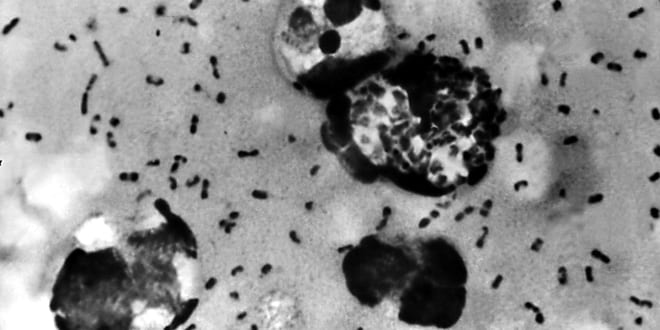A recent plague case in California has captured public attention, serving as a stark reminder that one of history’s most feared diseases is still lurking in the background, waiting to burst out as it did as the Sixth Plague in Egypt.
Authorities announced this week that a Lake Tahoe area resident tested positive for plague after likely being bitten by an infected flea while camping in the South Lake Tahoe area. El Dorado County health officials confirmed Tuesday that this marks the first human case in the county since 2020. The patient has been treated and is recovering at home. Health officials believe the infection occurred during outdoor activities in the South Lake Tahoe region, highlighting the ongoing presence of plague in California’s natural environments.
While many associate the plague with medieval Europe’s “Black Death,” the bacterium Yersinia pestis never disappeared. Over the course of human history, the three-micrometer-long Yersinia pestis has claimed an estimated 200 million human lives, making it the most acute infectious disease during our species’ short time on this planet.
The disease first arrived in North America at the turn of the 20th century. The invention and popularization of the steamship at the turn of the 20th century drastically reduced the travel times of transoceanic voyages. This suddenly made global transmission of plague a real threat. Y. pestis arrived on the western coast of the U.S. in March 1900, where it infected upward of 280 people and killed more than 60 percent of them.
The western United States provides an ideal environment for plague persistence. A 2021 study suggests that the arid soil biochemistry offers a perfect environment for the bacteria, which is why most cases are found in New Mexico and Arizona, as per the Centers for Disease Control and Prevention (CDC).
The Lake Tahoe region is particularly susceptible. A 2015 study shows that the disease flourishes in higher elevations, but not higher than roughly 6,500 feet, likely due to habitat availability. Lake Tahoe rests at around 6,200 feet in elevation.
However, the disease persists in local wildlife populations. From 2021 through 2024, state surveillance identified 41 rodents in El Dorado County with evidence of exposure to Y. pestis. In 2025, four additional rodents have tested positive—each found in the Tahoe Basin.
Symptoms of plague take roughly two weeks to appear, and can include fever, nausea, weakness, and swollen lymph nodes. Without treatment, the disease can be fatal, but modern medicine has transformed the outlook significantly.
Unlike the medieval era, when plague meant almost certain death, modern antibiotics can effectively treat the disease when caught early. The recent California patient exemplifies this success story—identified, treated, and recovering at home.
This recent case serves as a compelling reminder that infectious diseases don’t simply vanish with time. The plague was never actually eradicated, and every once in a while, an echo can be heard from one of the darkest chapters in human history.
Bubonic Plague is making a comeback, with close to 50,000 human cases being diagnosed in the last two decades. The World Health Organization now categorizes it as a re-emerging disease. The previous outbreak of bubonic plague in the U.S. was in 1924 and was centered in Los Angeles.
To make matters worse, recent studies show that due to longer, hotter weather patterns over the past decade, extending the breeding season of rodents, urban rat populations are up by 15% to 20% worldwide.
An outbreak of Bubonic Plague in Madagascar in 2017 nearly got out of control before the WHO stepped in, delivering almost 1.2 million doses of antibiotics and releasing $1.5 million in emergency funds.
In 2019, celebrity doctor Dr. Drew Pinsky predicted that Los Angeles was in danger of an outbreak of Bubonic Plague in what he termed an imminent “apocalypse.” Dr. Drew blamed the growing population of homeless people and the lack of a rodent control program.
The sixth plague in Egypt, boils, may very well have been bubonic plague, whose characteristic symptom is boil-like skin lesions that form black ulcers.
It shall become a fine dust all over the land of Egypt, and cause an inflammation breaking out in boils on man and beast throughout the land of Egypt. Exodus 9:9
The connection between the Bubonic Plague and Egypt was proven in 2010 when scientists traced the plague to ancient Egypt. Ancient cultures lived close to their livestock, and the plague was transferred from the animals by fleas. While exploring ruins in Egypt, Egyptologists found 3,000-year-old remains of Nile rats and used fine sieves to discover the remains of fleas, both carriers of the plague.
The plague of boils — in Hebrew, שְׁחִין (shechin) — struck Egypt before the Exodus. The prophet Zechariah prophesied that it will return in the end of days, striking the nations that rise against Israel.As for those peoples that warred against Yerushalayim, Hashem will smite them with this plague: Their flesh shall rot away while they stand on their feet; their eyes shall rot away in their sockets; and their tongues shall rot away in their mouths. Zechariah 14:12




